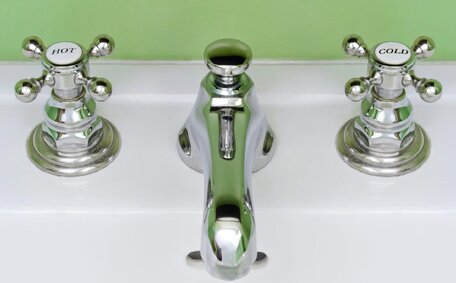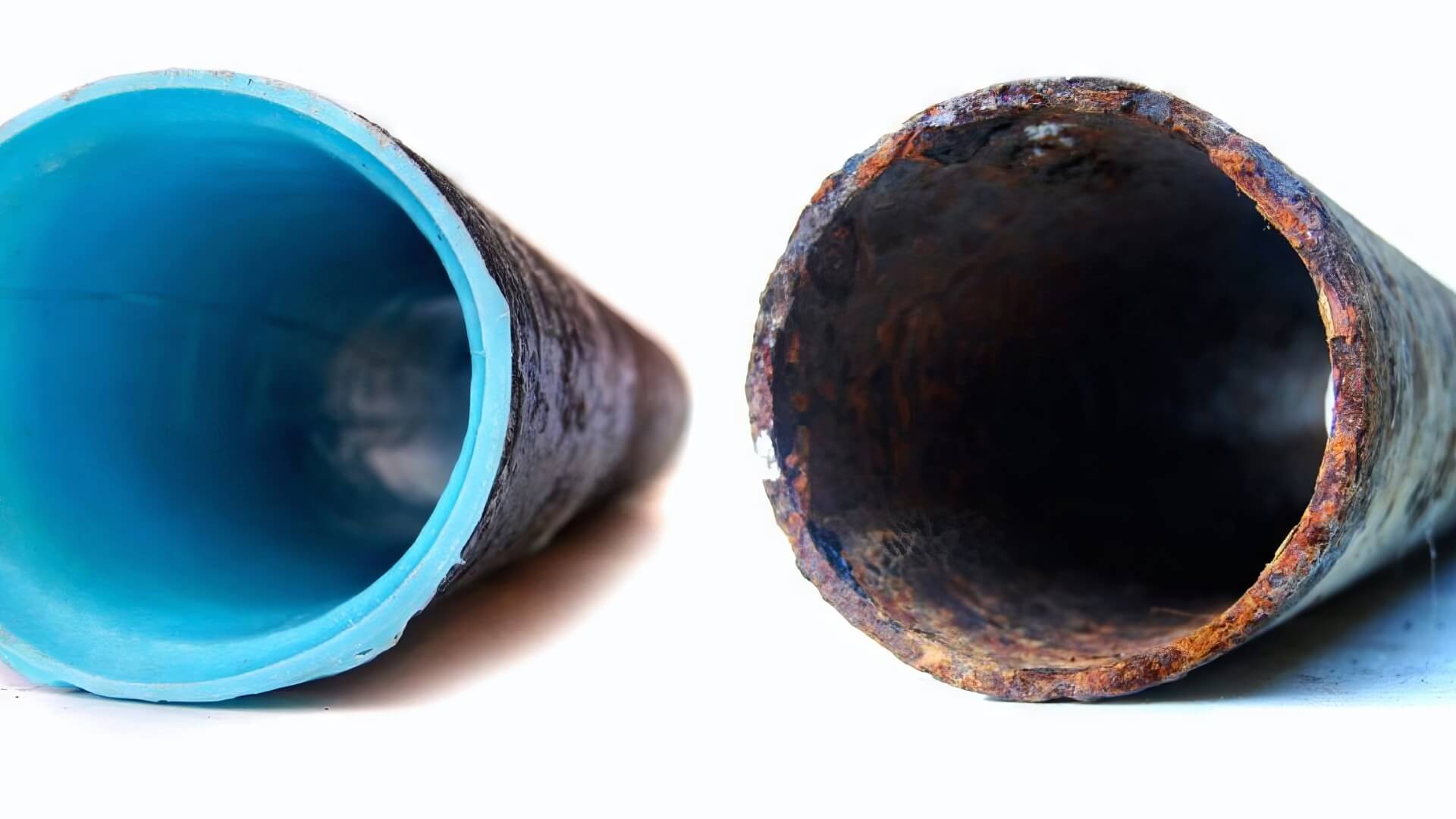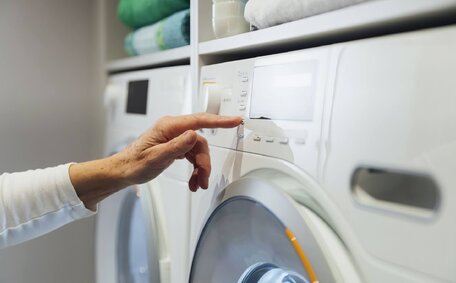Locating the Drain Valve on a Hot Water System
When troubleshooting issues with your hot water service, it is important to locate the drain valve. This allows you to safely drain the tank for flushing or replacement.
Locating the Drain Valve
The drain valve is usually located at the bottom of the hot water tank. It may be concealed behind a small access door or panel.
- Turn off power to your water system at the main circuit breaker before beginning.
- Check your heater behind any removable panels or doors at the base of the tank.
- On gas water heater systems, ensure the pilot light is turned off as well.
- The drain valve will likely be a hose bib, gate valve, or petcock.
- Some systems have an external drain valve near the bottom of your hot water tank or along an attached pipe.
Identifying and turning off water and using the proper heater drain valve facilitates system maintenance and allows accumulated sediment to be flushed from the tank. But always exercise caution and turn off power to avoid electric shock or burns.
Common Drain Valve Problems
Corrosion
Corrosion is a common issue that affects metal drain valves over time. Exposure to water, minerals, and sediment causes the metal components to slowly corrode. This leads to leaks, difficulty opening/closing the valve, or even complete valve failure.
Mineral Buildup
Mineral deposits from hard cold water can accumulate inside the drain valve, causing water pressure to become too low. This buildup needs to be removed to allow proper draining and avoid potential clogging.
Mechanical Wear
Frequent use of the drain valve can lead to mechanical wear such as stripped threads or broken handles/stems, making there no way to properly drain the tank without repair. Old valves that see heavy use over many years are prone to these wear-and-tear issues.
Leakage from the Drain Valve
One sign of an issue with your hot water system’s drain valve is leaking hot water. A small drip or steady trickle from the valve indicates electric hot water system issues.
- Check for cracks, corrosion, or damage around the valve that could cause leaks.
- Try closing the valve tightly to stop the flow of water. This is a temporary solution.
- Leakage from the T&P (temperature and pressure) relief valve on the tank is also indicative of issues requiring attention.
Left unchecked, a leaking drain valve will worsen over time, potentially stopping the system from working properly. Have a professional inspect and replace the valve if necessary to prevent bigger problems down the line.
Drain Valve Fails to Open
When a hot water system’s drain valve fails to open, it often indicates a buildup of sediment or mineral deposits inside the valve. Other common causes include:
- Corrosion around the valve from water exposure
- Mechanical wear or damage to the valve components
- Improper valve installation
To address a stuck drain valve, you may ultimately need to replace your faulty component following these troubleshooting steps:
- Turn off power to the hot water system at the main circuit breaker
- Use penetrating oil or rust solvent and allow it to soak into the valve for 30+ minutes
- Gently tap on the valve handle or stem with a wrench or hammer to loosen any stuck components
- Try opening and closing the valve several times
- Use a valve wrench to open the valve by hand, taking care not to over-torque
- If needed, replace the faulty drain valve with a new unit
Being unable to properly drain your water heater makes flushing out sediment impossible. Replacing old, faulty drain valves helps ensure your system stays in working order and prolongs the heater’s lifespan.
Troubleshooting Drain Valve Issues
A step-by-step approach helps diagnose and resolve common hot water system drain valve problems:
- Verify power is shut off and check hot water flow at the main circuit breaker before inspecting the drain valve
- Check for visible damage like cracks or corrosion around the valve
- Try opening and closing the valve several times to clear any stuck components
- Use penetrating oil or rust solvent if the valve is seized up and let it soak for 30+ minutes
- Gently tap the valve with a wrench to loosen mineral deposits or sediment
- If needed, replace a worn-out or defective drain valve with a new unit
- Make sure the water is working and flush sediment from the tank by opening the valve with a bucket underneath to catch the flowing water
- Restart and test functionality after any repairs or replacements
Following structured troubleshooting steps helps correctly diagnose issues with stuck, leaking, or damaged drain valves. This allows proper repairs to be made, avoiding bigger problems down the line.
Checking Power Supply
Checking the power supply is an important first step when troubleshooting hot water system issues. Power outages or issues like a faulty heating element in the electrical circuit can cause the system from heating properly.
Verify the Circuit Breaker
Start by checking if the circuit breaker controlling the hot water system has tripped. The breaker for your gas hot water system may be located inside your home’s main service panel or on a dedicated subpanel.
- Locate the correct double-pole breaker controlling the 240V power to the water heater.
- Check if the breaker has tripped halfway to the "Off" position or fully flipped to "Off."
- Reset the breaker by switching it "Off" then back "On."
Hot water systems are energy intensive appliances. If the breaker continues tripping and your hot water isn’t working, contact a licenced electrician to diagnose the issue.
Verify Power at the Unit
After resetting the breaker, check the water heating unit itself to ensure it’s all about their power has been restored:
- Locate the power switch or power indicator light on the tank.
- Verify the light or switch indicates the unit now has power.
With gas electric power issues addressed, further troubleshoot any hot water problems by checking elements, thermostats, your gas lines and other common failure points.
Resetting the Hot Water System
Learning how fix issues with Resetting your gas hot water system can help resolve problems when there’s no hot water supply. This resets the control board and temperature sensors. Follow these steps:
- Verify the power is turned off at the circuit breaker then the unit’s power switch.
- Locate the reset button on the control board or temperature sensor wiring.
- Press and hold the reset button for 20-30 seconds.
- Restore power at the breaker and unit power switch.
- Check hot water function by allowing 15+ minutes for the system to heat up and test water temperature.
If issues persist after resetting and you find the hot water not working, problems may lie elsewhere like heating elements, thermostat sensors or sediment buildup. For further assistance troubleshooting complex hot water system problems, contact our team at 1300 349 338 or jobs@huntershillplumbingservices.com.au.
Adjusting the Thermostat
Adjusting your electric gas water system’s thermostat keeps the water temperature at safe and efficient levels.
Checking the Current Setting
Start by checking your thermostat’s current setting:
- Locate the thermostat on the outside of the tank or control panel.
- Note the current temperature setting, often displayed on a gauge.
- Settings typically range from 49°C to 82°C (120°F to 180°F).
Refer to your system’s manual for the recommended setting, usually between 60-70°C (140-160°F). Then adjust as needed:
- Turn off power to the unit at the circuit breaker.
- Use a screwdriver to turn the thermostat dial to the desired temperature.
- Restore power and allow 30+ minutes for the tank to reheat before retesting.
An improperly adjusted thermostat can lead to scalding water or energy waste from overheating. Setting it correctly helps ensure safe temperatures and efficient operation.
Contact our team at 1300 349 338 if you need assistance adjusting your hot water system’s thermostat.
When to Call a Professional Plumber
Calling a professional plumber is advised when you encounter complex drain valve issues that exceed DIY troubleshooting capabilities.
Signs You Need a Pro
- The drain valve is completely inoperable or broken despite troubleshooting attempts
- There are leaks that cannot be stopped by closing the valve
- You suspect improper installation of the valve or other components
- Replacing the outdated or damaged drain valve requires specialised tools/skills
Our licenced plumbers have the expertise to diagnose and fix tricky drain valve problems. We can:
- Replace faulty or broken drain valves
- Correct leaks from improper valve installations
- Clear stubborn clogs preventing proper drainage
- Safely update outdated valves or piping
Don’t hesitate to call the drainage specialists at Hunters Hill Plumbing if you need assistance servicing your hot water system’s drain valve.
Contact us at 1300 349 338 or jobs@huntershillplumbingservices.com.au






